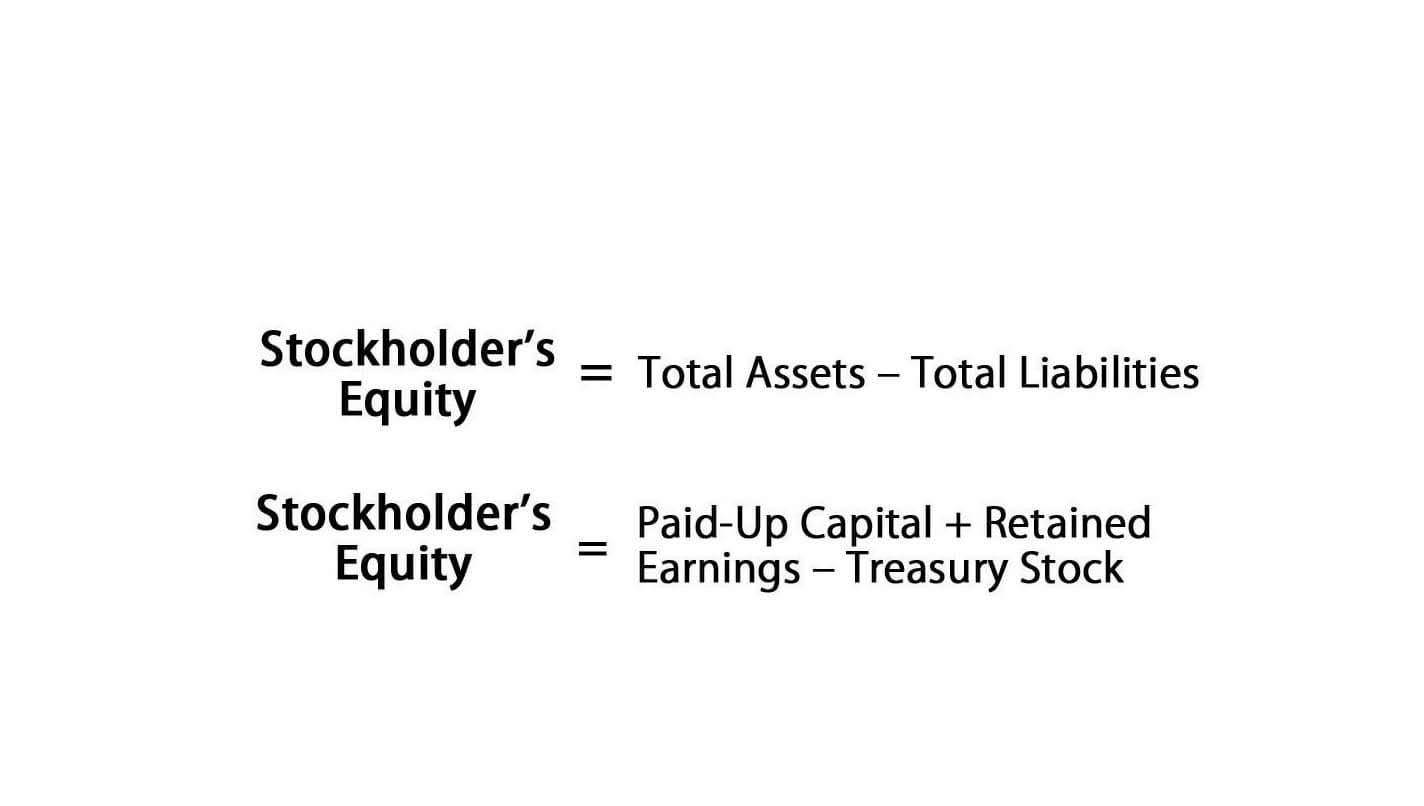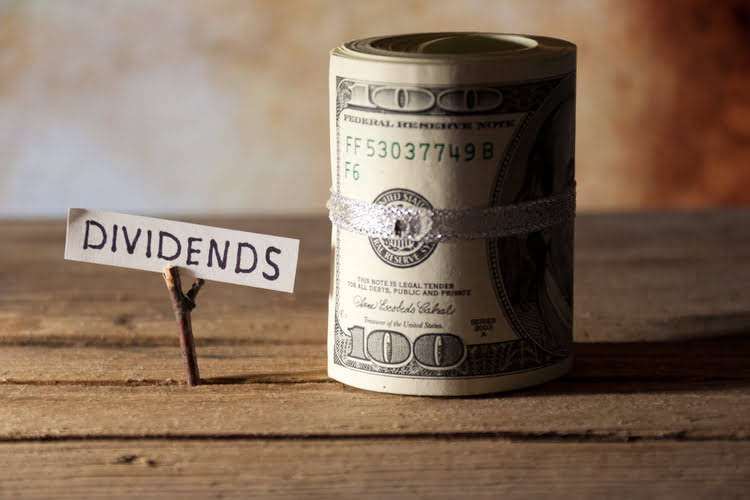
To calculate gross margin, you must subtract the cost of goods sold from an item’s sale price. For example, imagine that a product costs $50 to produce, and sells for $80. Another option is to express this as a percentage calculating margin divided by sales. Profit margin or gross profit margin is a ratio used by businesses to determine how much money is being made on a particular product or service.
- Margins and markups actually interact in an entirely predictable manner.
- Another option is to express this as a percentage calculating margin divided by sales.
- Keep reading to learn more about what is margin, margin vs markup, how to calculate them, and how to convert numbers between the two.
- That’s why it’s vitally important to know the difference between the two.
- Once again, let’s use the example from above where it takes $200 to produce a pair of headphones, which are then sold at a price of $400.
PRICING YOUR PRODUCTS BASED ON MARGIN
The cards should also define the difference between the margin and markup terms, and show examples of how margin and markup calculations are derived. If your costs change often then you probably spend a lot of time making price adjustments. Our inventory software can help you change prices—and your markup—with just a few clicks. With inFlow you don’t even need to worry about how to calculate margin or markup. This is where the concept of fixed markup comes in handy because it can help you automatically adjust your prices based on changes in cost. You could have cost and price as separate numbers that you input into your spreadsheet or inventory management software, but it’s much easier to have them linked in the long run.
Why Is Understanding Margin Important for Investors and Businesses?
That $18 is how much it costs Archon Optical to create a single pair of the Zealot. If you sell DTC products, chances are you’ve struggled with pricing at some point. After all, there’s explain the difference between a markup and a margin. a lot to consider when coming up with prices for your products. Now that you know the difference between markup and margin, you might be wondering which one you should use.
AccountingTools
The clear difference between markup vs margin is that markup shows how much more you charge than its cost, and margin shows how much profit you make from the selling price. The difference is in how they are calculated and used to set prices or measure profit. The formula for markup and margin is that profit margin is sales minus the cost of goods. Whereas, markup is how much the cost is increased to set the final selling price.
Calculating markup

They both focus on the same amount of money – the difference between your buying and selling prices. However, margin shows it as a percentage of income while markup shows it as a percentage of costs. For example, if you purchase or manufacture something for $80 and sell it for $100, you have made a profit of $20. The markup price is related to the profit margin, but they are not the same thing and can be confused. Markup and margin are used in many businesses, and it’s essential to understand the difference in order to run a business successfully. Calculating markup is similar to calculating margin and only requires the sales price of a product and the cost of the product.

Margin vs Markup
Markup is the retail price for a product minus its cost, but the margin percentage is calculated differently. In our earlier example, the markup is the same as gross profit (or $30), because the revenue was $100 and costs were $70. However, markup percentage is shown as a percentage of costs, as opposed to a percentage of revenue.
This means that for each bracelet sold, the profit amounts to 37.5% of the selling price. Though the formula is simple, like markup, you can try our margin calculator to solve for this quicker. Understanding the relationship between https://www.bookstime.com/ margin and markup is vital for a business. Do the math wrong, and you may lose money without even realizing it. When deciding between markup vs margin strategies, businesses should consider the impact of each approach.

Markup formula

You may want to read about the 6 Reasons for Low Profitability and Margins in Businesses. The margin strategy can be beneficial for businesses operating in competitive markets, as it allows for greater flexibility in pricing and helps maintain a competitive edge. However, the margin strategy may require ongoing monitoring and adjustment as market conditions and consumer preferences change. The difference between the $12 price and the $7 cost is the desired margin of $5.
- Knowing your gross, net and operating profit margins can also help you identify inefficiencies in your business and find ways to save money.
- We’ve described markup very simply because we’re assuming a scenario where Archon Optical makes the Zealot for a set cost and sells it at a fixed price, and that’s all there is to it.
- It’s important to understand exactly what the two mean and how they affect your bottom line so that you can price your products effectively.
- However, some businesses might set their prices based on a specific pre-defined markup percentage.
- How do you calculate margin vs. markup — and what’s the difference between the two?
- In addition, the gross margin is a useful indicator of how efficient the management of the company is in using supplies and labor in the production process.
How to calculate margin
Proper margin calculations and stock price will show you the actual business profit. Your business should use margin to judge performance and profitability and paint a clearer picture of how your company operates. That’s because gross margin can be compared to net margin, shining light on other operating costs. And your selling price (the price you ask your customers to pay) for that same blade is $20. That means you’ve marked up the cost of this product by $12—or 150%.

